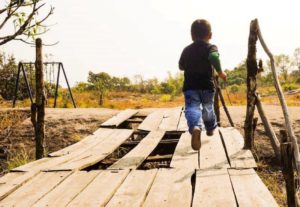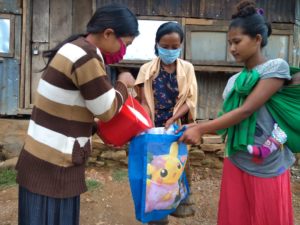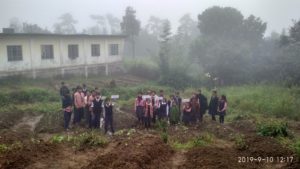NESFAS will be facilitating the journey of reviving the various varieties of millet through the rich experiences of community members from Ri-Bhoi as an initiation to bring back old indigenous crops. This initiation will help build a community-based seed bank and restore the indigenous crop diversity in these communities.
After a series of awareness campaigns conducted by community facilitators (CF) and various pitches made by Agroecology Learning Circle (ALC) meetings across seven communities — Khweng, Liarsluid, Madanrtiang, Khliehumstem, Borgang Margnar, Umwang Nongbah, Plasha — it was decided that the communities of Ri-Bhoi will take the initiative to revive millet. The awareness campaigns emphasized the benefits of local food especially that of millet, as it is a super crop.

These communities soon realized that there was a loss of millet crops from their areas as well as recognizing that there are negligible households who no longer cultivated the crop. These communities will now help restore the crop and regain their loss of food diversity and sovereignty.
Iohunlang Lamare, a member of Madanrtiang community, said, “It has been many years since we last saw and tasted millet. When we were asked about the seeds that have been lost in the community, we were reminded about how millet was cultivated many years ago and for that reason, we want to revive millet and increase its production.”
Elderly members of the ALC group narrated that they may have been the last of the generation to cultivate and consume millet. Several factors contribute to the loss of this crop, the first being the conversion of shifting fields into a plantation of commercial crops like ginger and broom grass, and the second being the decline of households’ agriculture productivity in preserving the millet crop.
Banylla Lamare, another member of the community, explained the factors that contributed to millet being lost from the communities. She explained that the cultivation of millet has decreased in the community and the seeds were not preserved. The engagement of people in farming has also declined as they began their schooling activities. Further, many people have lost the knowledge about the cultivation of millet. She said, “No one is cultivating millet now. We want to revive the crop and ensure that we follow the farming practices of our elders and hopefully with the steps that we undertake, it will contribute to the food and nutrition security of our community. I hope this step will revive the seeds and will be a stepping stone for many successful initiatives.”
Through a series of networking between nongovernmental organizations and members of the ALC, NESFAS will then carry out the journey of reviving the various varieties of millet in these communities with millet growing communities as well as with its partner NGO to access the seeds for the next planting season.



